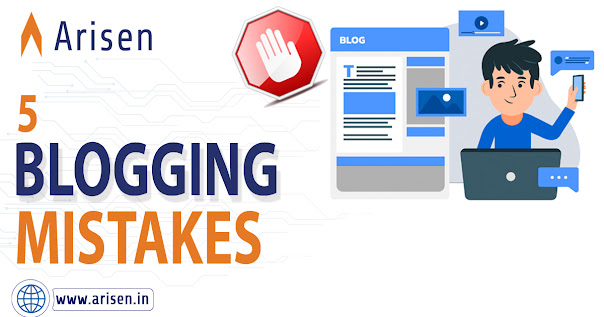In today’s digital age, web application development plays a crucial role in the success of businesses. Whether you’re a startup or an established enterprise, having a robust web application can enhance your online presence, improve customer engagement, and streamline your operations. In this blog post, we’ll explore nine essential facts about web application development that every business should know.
1.Web Applications: Bridging the Gap:
Web applications are software programs that run on web browsers, providing users with access to your services or products over the internet. Unlike traditional desktop apps, web applications are accessible from any device with an internet connection, making them an excellent alternative for enterprises with a diverse user base.
2. Front-end and back-end technologies:

The development of a web application requires the use of both front-end and back-end technologies. Front-end technologies like HTML, CSS, and JavaScript are in charge of designing the user interface and implementing client-side functionality. Back-end technologies like server-side programming languages (e.g., Python, Ruby, and Java) and databases handle data processing and storage.
3. Responsive Web Design:
In the era of multiple devices, responsive web design is essential. It ensures that your web application adapts seamlessly to different screen sizes, ranging from desktops and laptops to tablets and smartphones. By delivering a consistent and user-friendly experience across devices, you can maximize user engagement and satisfaction.
4. Security is paramount:
Security is a top priority in web application development. With the increasing threat of cyberattacks and data breaches, businesses must implement robust security measures. This includes input validation to prevent malicious inputs, authentication mechanisms to protect user data, and encryption techniques to safeguard sensitive information. Regular security audits and updates are crucial to maintaining the integrity of your web application.
5. Thorough Testing for Quality Assurance:
Testing is a critical phase in web application development. Developers perform various types of testing, including unit testing, integration testing, and end-to-end testing, to identify and fix bugs, ensure smooth functionality, and provide a seamless user experience. Thorough testing not only enhances the quality of your application but also boosts customer confidence and trust in your brand.
6. Integration with APIs:

Web applications often integrate with external services or systems through application programming interfaces (APIs). APIs enable seamless communication and data exchange between your web application and third-party services, such as payment gateways, social media platforms, or mapping services. API integration can improve functionality and provide a more comprehensive user experience.
7. Embracing Continuous Integration and Deployment (CI/CD):
Businesses should adopt continuous integration and deployment (CI/CD) practices in web application development to enable faster and more reliable software delivery. The build, testing, and deployment procedures are automated in CI/CD, allowing developers to detect and address issues early, provide new features quickly, and maintain a high degree of application reliability.
8. Stay up-to-date with emerging trends:
Web application development is a dynamic field, with new trends and technologies constantly emerging. It is vital for businesses to stay up-to-date with the latest advancements. For example, Progressive Web Applications (PWAs) provide native app-like experiences on the web, while serverless architecture allows developers to focus on writing application code without managing the underlying infrastructure. Embracing such trends can give your business a competitive edge.
9. Collaboration with Experienced Development Teams:
To achieve the best results in web application development, businesses should collaborate with experienced development teams. Professional developers have the expertise to navigate the complexities of the development process, ensure adherence to best practices, and deliver high-quality web applications tailored to your specific business needs.
Conclusion:
Web application development offers immense opportunities for businesses to expand their online presence, enhance user experiences, and improve operational efficiency. By understanding these nine essential facts, businesses can make informed decisions, engage with reliable development teams, and leverage the power of web applications to drive growth and success in the digital landscape.






